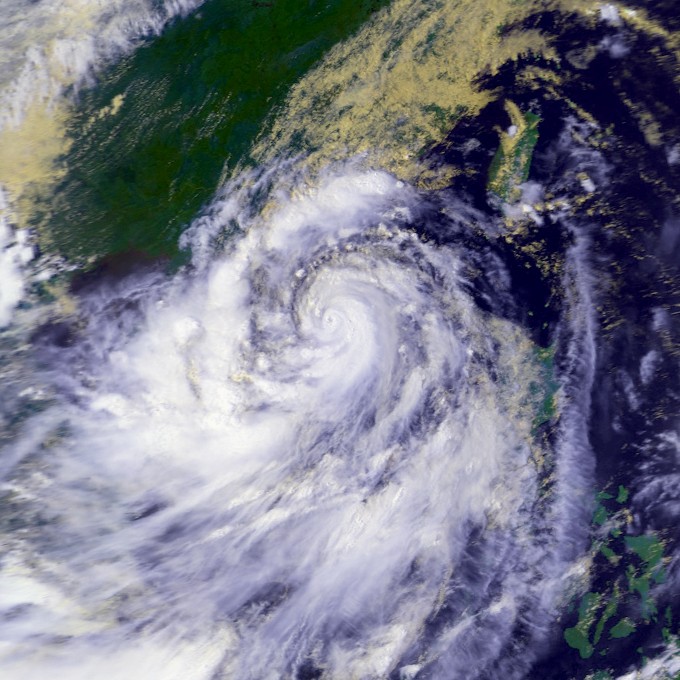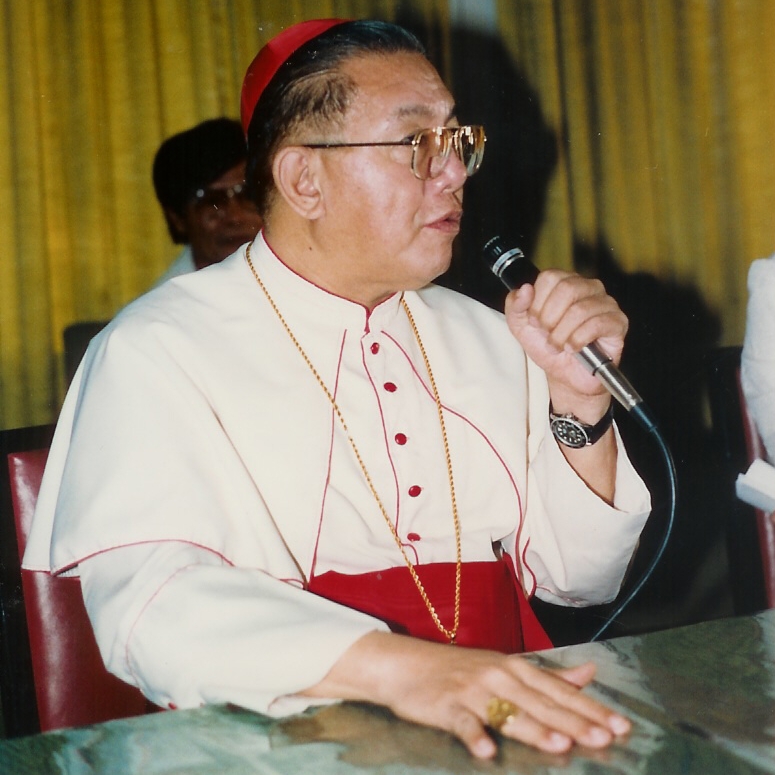49ersFootball
Banned
Ramos
2:29 PM PDT, Monday, May 14th, 1986
Camp Aguinaldo, Quezon City, Philippines

2:29 PM PDT, Monday, May 14th, 1986
Camp Aguinaldo, Quezon City, Philippines

General Fidel Ramos, Chief of Staff of the Armed Forces of the Philippines had been moving up the ranks of the Philippine Army; his decision to break from the Marcos Dictatorship was noteworthy as well as pledging allegiance to the Aquino government. His story was very intriguing to many people....
Born on March 18th, 1928 in Lingayen, Pangasinan, Ramos was raised later in Asingan, Pangasinan. His father, Narciso Ramos was a lawyer, journalist & later 5-term legislator in the Philippine House of Representatives, who eventually rose to the post of Philippine Secretary of Foreign Affairs; he was also the Philippine signatory to the ASEAN declaration forged in Bangkok, Thailand in 1967, including being a founding member of the LP. His mother, Angela Valdez was an educator, woman suffragette & member of the respected Valdez clan of Batac, Ilocos Norte, which would make him cousins to Ferdinand Marcos.
He received his elementary education in Lingayen Public Schools. Ramos then began secondary education at the University of Philippines High School in Manila, & continued in the High School Department of Mapua Institute of Technology; Ramos graduated from Centro Escolar University Integrated School in 1945. He later obtained his degree in Civil Engineering at National University in Manila: he was Top 8 in the Civil Engineering Board Exam in 1953. Afterwards, he went to the United States & graduated from the United States Military Academy (West Point) with a Bachelor of Science (BS) Degree in Military Engineering & the University of Illinois with a Master's Degree in Civil Engineering; he held a Master's Degree in National Security Administration from the National Defense College of the Philippines & a Master's Degree in Business Administration from Ateneo de Manila University. In addition, he received a total of 29 honorary degrees.
During his military career, Ramos married Amelita Martinez on October 21st, 1954. They would be blessed with 5 daughters: Angelita Ramos Jones, Josephine Ramos Samartino, Carolina Ramos Sembrano, Cristina Ramos Jalasco & Gloria Ramos.
Interested in continuing service, Ramos went to the United States Military Academy at West Point, & he graduated in 1950. Ramos, along with the Philippines' 20th Battalion Combat Team & the Philippine Expeditionary Forces to Korea (PEFTOK), fought in the Korean War. He was an Infantry Reconnaissance Platoon Leader. Ramos was one of the heroes of the Battle of Hill Eerie, where he led his platoon to sabotage the enemy in Hill Eerie. He was also present in the Vietnam War as a non-combat civil military engineer & Chief of Staff of the Philippine Civil Action Group (PHILCAG). It is during this assignment where he forged his lifelong friendship with his junior officer Major Leonard Geromo, who went on to become his National Security Adviser throughout his Presidency from 1992 to 1998.
Ramos received several military awards including the Philippine Legion of Honor (1988, 1991), the Distinguished Conduct Star (1991), the Distinguished Service Star (1966, 1967, 1981), Philippine Military Merit Medal (1952), the United States Legion of Merit, the French Legion of Honor, the United States Military Academy Distinguished Graduate Award & Legion of Merit (1990). During his stint in the Philippine Army, Ramos founded the Philippine Army Special Forces & then he was named to the commander of the Army's 3rd Division based in Cebu City, Cebu.
He also headed the Philippine Constabulary, then a major service branch of the Armed Forces, that acted as the country's police until 1972, when then-President Marcos imposed Martial Law. It was under Ramos' watch & leadership at the Philippine Constabulary, many experts & analysts strongly held him responsible for the human rights abuses committed under Martial Law; the Constabulary Unit was responsible for in the arrest & torture of civilians.
In 1975, all civic & municipal police forces in the country were integrated by decree, & it became known as the Integrated National Police (INP), which was under the control & supervision of the Constabulary. As head of the PC, Ramos was the ex oficio the INP's first concurrent Director-General. Martial Law was lifted 9 years later on January 17th, 1981, but Marcos retrained absolute powers.
Due to his long accomplishments, Ramos was supposed to be on track of being named Chief of Staff of the Armed Forces of the Philippines in 1981, to replace retiring General Romeo Espino, who was the longest-serving Martial Law Chief of Staff. However, Marcos chose to snub his own cousin by appointing his trusted military officer, General Fabian Ver, graduate of the University of the Philippines into the top military post; Ramos was named AFP Vice Chief of Staff in 1982, becoming the military's 2nd most powerful official & promoted to Lieutenant General.
Last edited:










